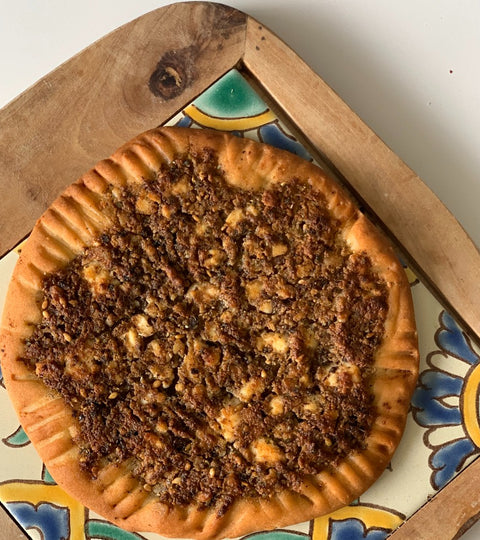Food as a Manifestation of Cultural Connection and Engagement
Food as a Manifestation of Cultural Connection and Engagement
Cultural connection is an essential aspect of individual and collective identity. It is critical in shaping a person's worldview, sense of self, and social interactions. The cultural connection can manifest in many ways, such as through language, food, music, art, rituals, and traditions.
Cultural connection refers to individuals' or groups' relationship with their cultural identity and heritage. It involves an individual's sense of belonging, understanding, and appreciation of their cultural background and the values, beliefs, and customs that are associated with it.
Culture, "as a suitcase to take along through history."
I enjoyed listening to Aleida Assmann discussing culture as a suitcase and equipment that societies must carry through history. She is an English and Literary Studies professor focusing on Cultural and Communicative Memory. She also very well argues that each of us as an individual member of society needs images, concepts, values and elements to construct our own stories and meanings.
Cultural connection, resilience and empowerment
The cultural connection can be nurtured and strengthened through various means, such as participating in cultural events, engaging with cultural organisations, and learning about one's history and traditions. The cultural connection can also be a source of pride and strength, providing individuals and groups with a sense of resilience and empowerment.
Maintaining cultural connections in a globalised world can promote diversity, mutual understanding, and respect for different cultures and traditions. It can bridge cultural exchange and learning, facilitating greater understanding and appreciation of cultural backgrounds and identities.
Creating Communicative Memory
While I was doing my research to learn more about cultural identity and what it means in our diverse modern life, I came across an article in National Geography with this concept of cultural memory.
"Cultural memory can create a form of shared identity and a means for communicating this identity to new members."
Cultural memory is quite an interesting notion, especially for me as someone passionate about connection and personal stories with the experience of immigration twice in adulthood.
Food and flavour stories are the best to start with. It excites others to join, explore, experience, and ideally engage with by adding theirs.
As a migrant new to a community, you first miss having less story with the dominant culture and stories to tell that they can. You try to find creative ways to communicate with the established members of that society, and part of this practice is attempting to create cultural bonds, connections and memories.
When I think about it deep down, this is the subconscious motivation behind creating and expanding my flatbread-making workshops.
Bringing people together
Social integration refers to bringing together people from different backgrounds, cultures, and identities to create a more diverse and inclusive community. This can involve overcoming social barriers and promoting mutual understanding and respect between other groups.
Overall, social integration is a vital process that helps to foster social cohesion and social exclusion and promote a sense of belonging and identity within a larger community.
Bringing people together is the way and process I am determined to create in my events.
Social integration
Social integration into a new country can be a challenging and complex process. Here are some ways people start to integrate into a new country socially:
- Language: Learning the local language is one of the most essential steps in social integration. Communicating in the local language can help individuals feel more confident and comfortable interacting with the local community.
- Cultural awareness: Understanding the cultural norms and values of the new country is also essential for social integration. This includes learning about customs, traditions, and social etiquette.
- Finding community: Joining local clubs, groups or organisations that share common interests is a great way to meet new people and become part of the local community. This could be anything from a sports team to a foodie community.
- Volunteering: Volunteering for local events or causes can help individuals become more involved in their new community and meet new people.
- Making connections: Reaching out to people from similar backgrounds or those who have gone through similar experiences can also be helpful. In-person engaging events can be an excellent way to do it.
- Being open-minded: Being open to new experiences and willing to try new things can help individuals connect with the local community and make new friends.
Are you ready to repack your suitcase?
It's important to remember that bringing people together and cultural connection as a way to create communication and cohesion is a process that takes time, patience, and effort.
Back to Aleida Assmann, who refers to culture as equipment that societies carry throughout history, it is essential to remember that culture is developing, endangered and has to be transmitted.
With persistence and a willingness to adapt and engage with other practices and ways of living, we repack our "suitcase" in different stations by interacting with other cultures, concepts and stories.


